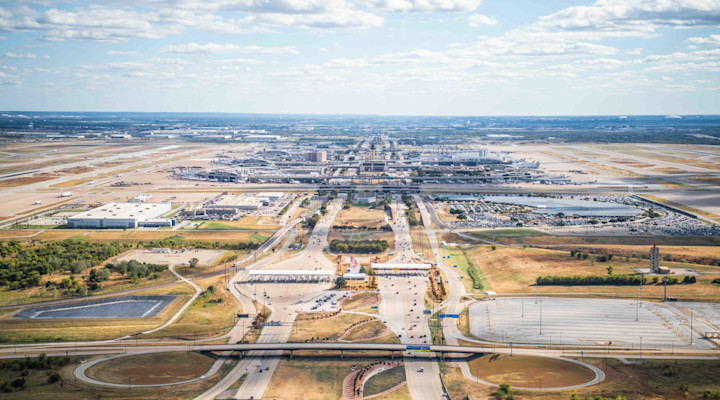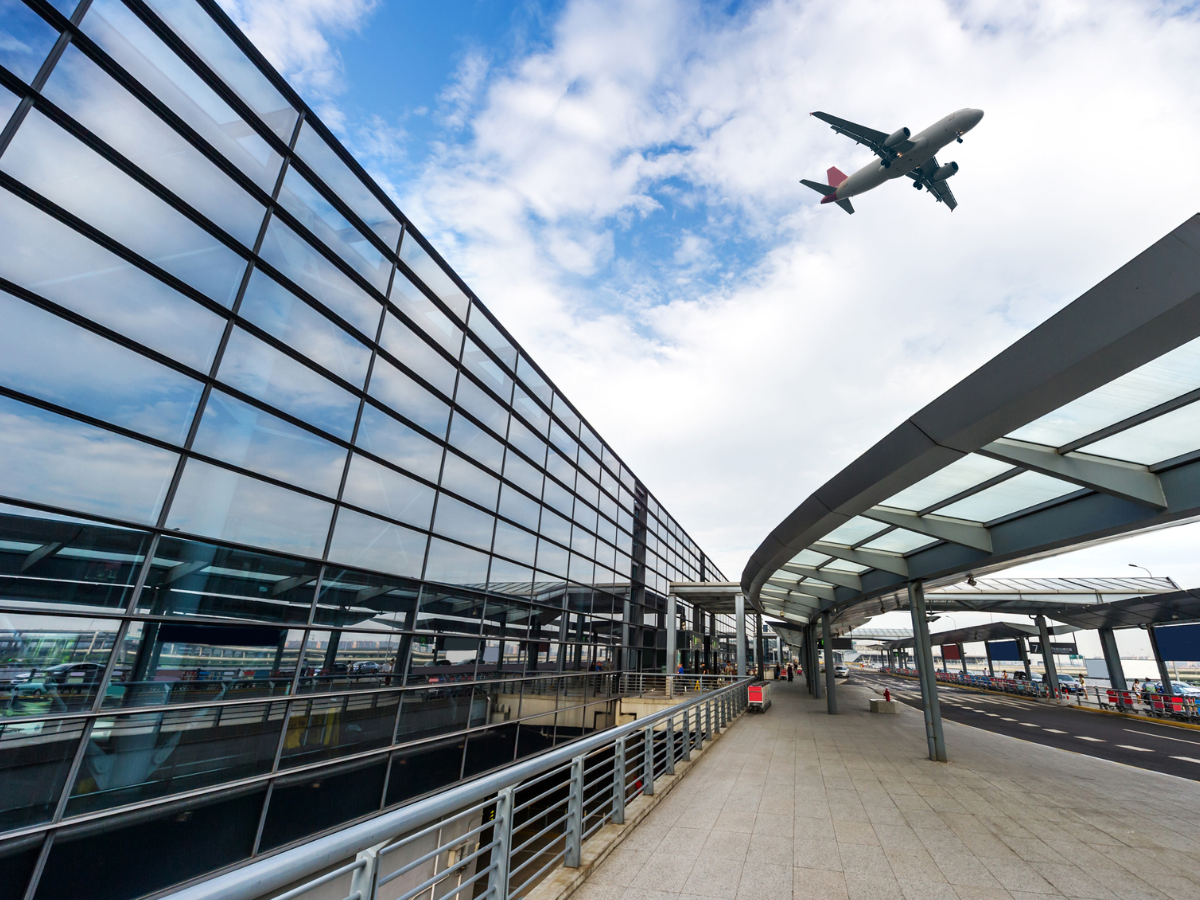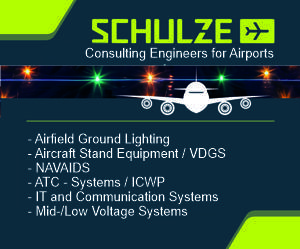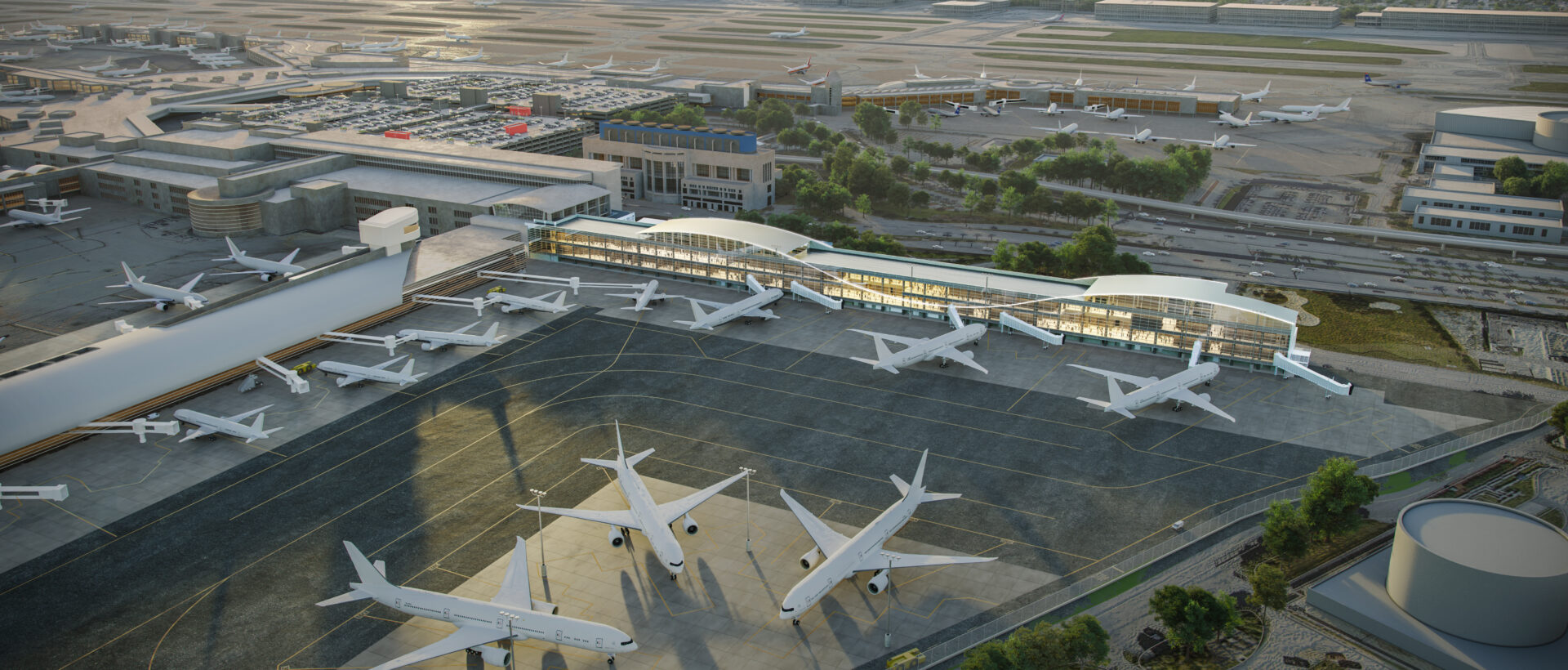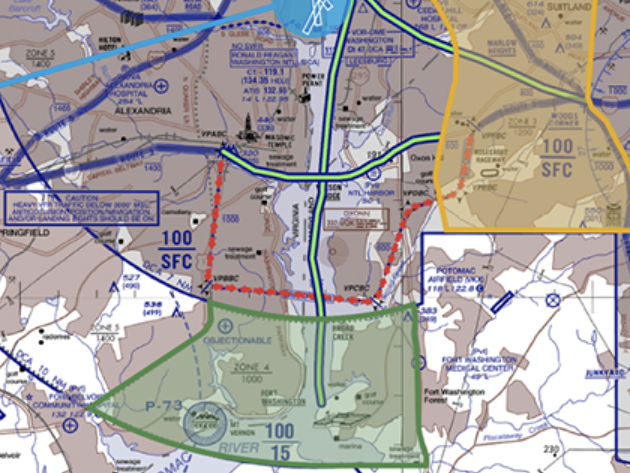The US National Transportation Safety Board (NTSB) has concluded that Boeing’s failure to provide sufficient training, guidance, and oversight to its manufacturing staff was the primary cause of the mid-exit door (MED) plug blowout on an Alaska Airlines Boeing 737 MAX 9 aircraft in January 2024.
In its final report, the NTSB also found that the Federal Aviation Administration (FAA) did not effectively address known issues with Boeing’s recordkeeping and parts handling procedures, despite repeated signs of concern.
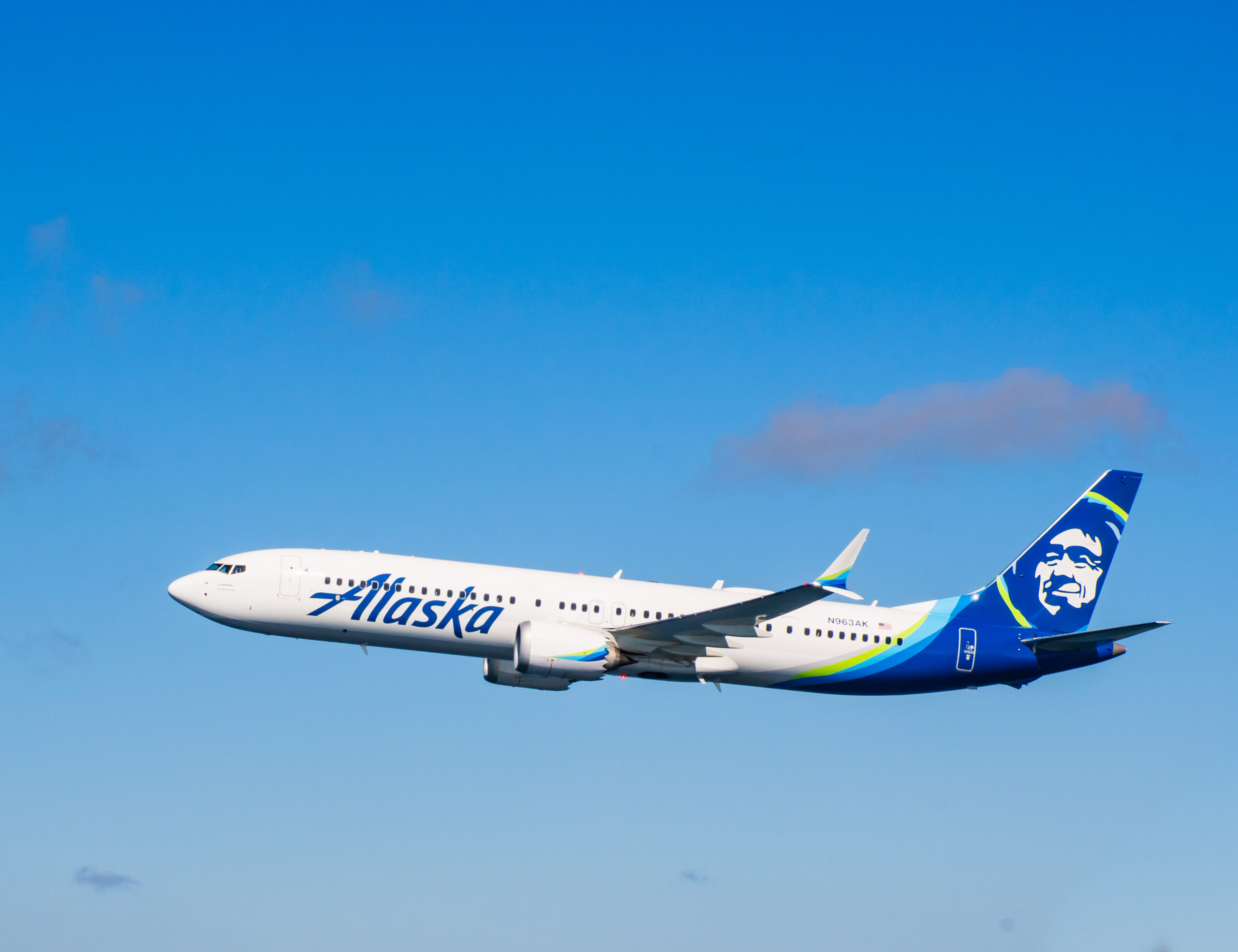
The accident occurred on 5 January 2024, when Alaska Airlines flight 1282 experienced a rapid depressurisation at approximately 14,830 feet shortly after departing Portland, Oregon. The MED plug separated from the fuselage, resulting in minor injuries to a flight attendant and seven passengers. Most passengers were unharmed. Items were ejected from the cabin, and the door to the flight deck was dislodged during the event.
Investigators found that four bolts essential to securing the door plug were missing. The plug had been removed during a fuselage repair at Boeing’s Renton, Washington, facility in September 2023. Although Boeing’s internal processes required specific technicians to handle such components, no authorised staff were present when the plug was reinstalled, and the work was not properly documented. As a result, no inspection of the reinstallation took place.
The NTSB also reported that Boeing’s voluntary Safety Management System (SMS) had not functioned effectively in the two years leading up to the accident. The system lacked formal oversight by the FAA and did not adequately identify or address risks. Investigators stressed that safety culture data needs to be continuously gathered and integrated into quality control efforts for any SMS to be effective.
NTSB Chair Jennifer Homendy said:The safety deficiencies that led to this accident should have been evident to Boeing and to the FAA — should have been preventable. This time, it was missing bolts securing the MED plug. But the same safety deficiencies that led to this accident could just as easily have led to other manufacturing quality escapes and, perhaps, other accidents.
The agency has issued new safety recommendations to both Boeing and the FAA. Previous recommendations to federal agencies and airline industry groups have been reaffirmed.
The report also suggested further improvements in crew training regarding oxygen mask use and communication during emergencies, as well as encouraging wider use of child restraint systems for young passengers.
US Transportation Secretary Sean P. Duffy has responded to the report:The last administration and Boeing took their eye off the ball. They were distracted and safety was put at risk. That can never happen again.
Under this new administration, safety is paramount and it drives everything we do. Whether it’s building an all-new air traffic control system or ensuring Boeing and other manufacturers are delivering safe products, we will not hesitate to implement changes.
The FAA has fundamentally changed how it oversees Boeing. We have strengthened our oversight to address systemic production-quality issues and ensure accountability. A number of the NTSB’s recommendations have already been implemented, and those that have not are currently under review.
We are closely monitoring Boeing’s performance, meeting weekly with company leadership to review progress and challenges in implementing necessary reforms. FAA safety inspectors are embedded in Boeing’s facilities, conducting targeted audits and inspections.
While Boeing is making progress, the FAA will not lift the 737 production cap until we are fully confident the company can consistently produce aircraft that meet our rigorous safety and quality standards.
The full executive summary of the NTSB’s findings, including safety recommendations and supporting documentation, is available on the agency’s website.



